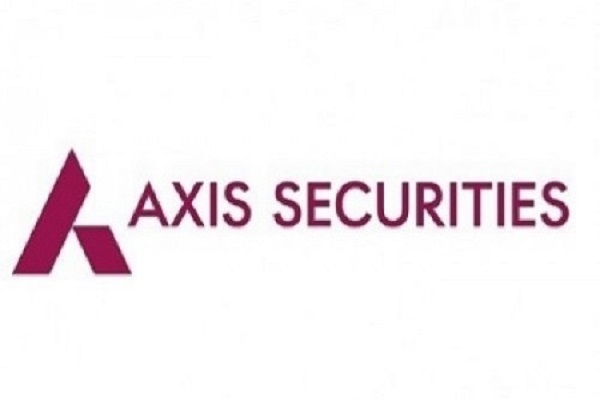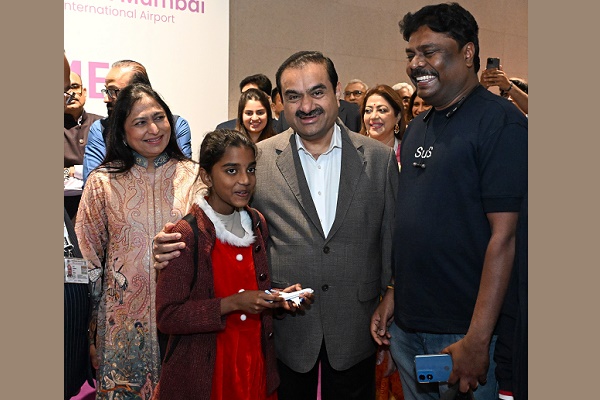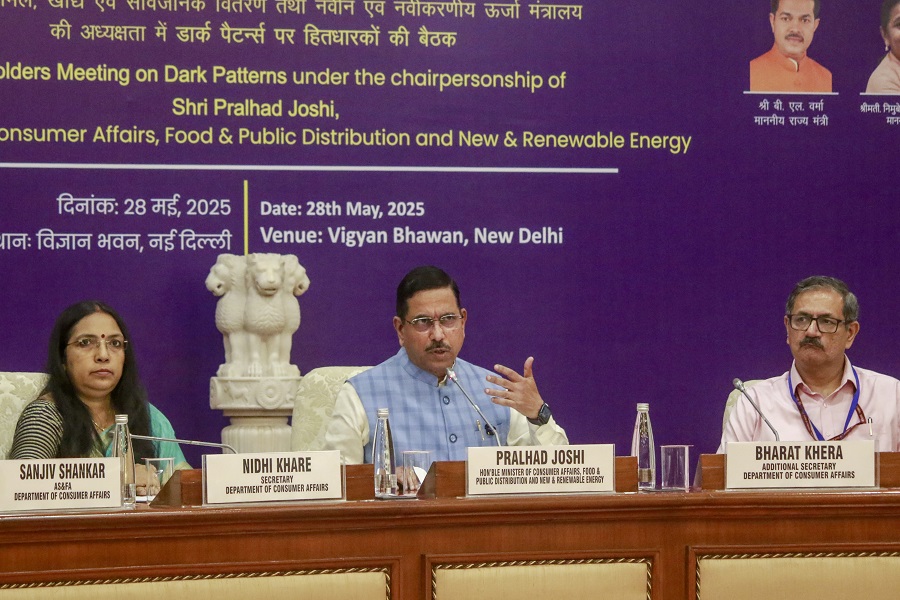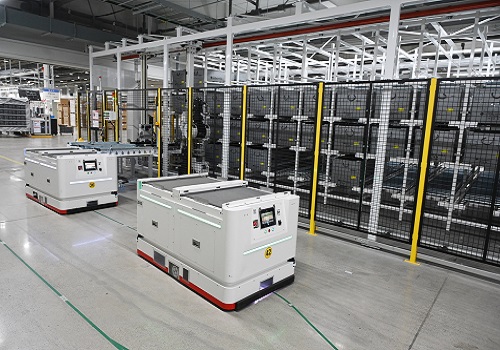'Indian Banks' Earnings: A Q1FY26 Overview by Ventura

Indian Banks' Earnings: A Q1FY26 Overview
The Indian banking sector presented a nuanced performance in Q1FY26. The banking sector is experiencing a "recalibration phase" rather than a crisis, characterized by softening policy rates and a lag in deposit repricing. Large private banks demonstrated remarkable resilience, often driven by a higher proportion of repo-linked loans that benefited from interest rate movements and robust non-interest income, including treasury gains and IT refunds. Their asset quality remained strong, bolstered by solid provisioning buffers. In contrast, mid-sized banks faced greater pressure on Net Interest Margins (NIMs) due to higher interest reversals and limited benefits from funding cost reductions. Some also saw increased slippages in specific portfolios like affordable housing or business banking, although treasury gains provided some cushion. Public sector banks (PSBs) While also facing NIM pressure, expect modest profit after tax (PAT) growth supported by treasury gains and enhancing asset quality, often focusing on retail and gold loan segments to drive growth. A prevailing theme for the entire sector is the expected continued pressure on NIMs through H1FY26, as the full impact of rate cuts on deposits lags behind lending rate adjustments. A recovery in NIMs is largely anticipated from H2FY26 onwards, as deposit repricing fully materializes and the interest rate cycle stabilizes. The sector anticipates overall earnings growth to ease in FY26 before a stronger rebound in FY27, driven by a more favorable rate environment and renewed credit demand.
Banking Stocks to Consider
For investors navigating the current banking landscape, a selective approach focusing on fundamental strength and growth potential is advisable. Among large-scale banks, ICICI Bank emerges as a compelling choice. In Q1FY26, the bank reported a robust 15.5% year-on-year (YoY) increase in Profit After Tax and maintained an impressive Net Interest Margin (NIM) of 4.34%, indicative of efficient margin management. Its asset quality remained excellent, with Gross Non-Performing Assets (GNPA) at 1.67% and Net Non-Performing Assets (NNPA) at a low 0.41%. Furthermore, total deposits grew 12.8% YoY and total advances increased 11.5% YoY, reflecting stable business expansion. ICICI Bank's strong capital adequacy and proactive digital investments position it well for sustained long-term growth. Within the mid-scale banking segment, Indian Overseas Bank (IOB) warrants attention. The bank delivered a significant 75.57% YoY surge in net profit in Q1FY26 to ?1,111 crore. This strong performance was underpinned by a 14.05% YoY growth in advances and a 10.75% YoY increase in deposits, coupled with an improved CASA ratio of 43.78%. IOB's asset quality saw substantial improvement, with GNPA declining to 1.97% and NNPA to 0.32%. Additionally, its cost-to-income ratio improved by 754 basis points to 44.22%, signaling enhanced operational efficiency. While its domestic NIM stood at 3.17% (a marginal dip), management anticipates recovery in H2FY26, making IOB a promising mid-cap pick.
Above views are of the author and not of the website kindly read disclaimer








.jpg)












